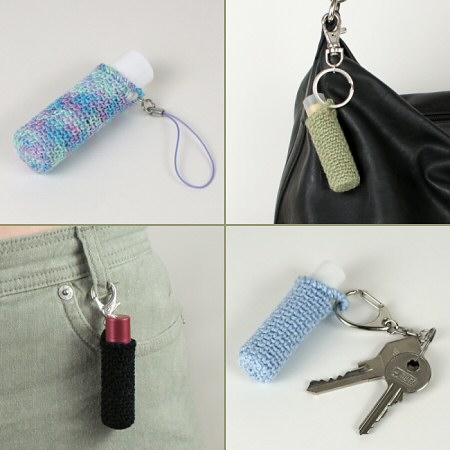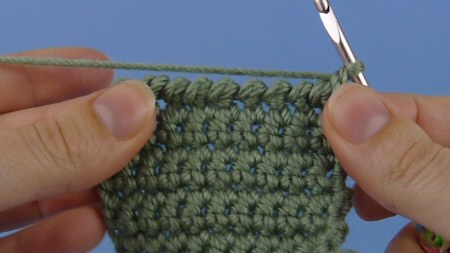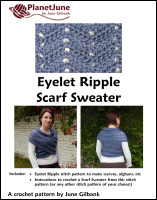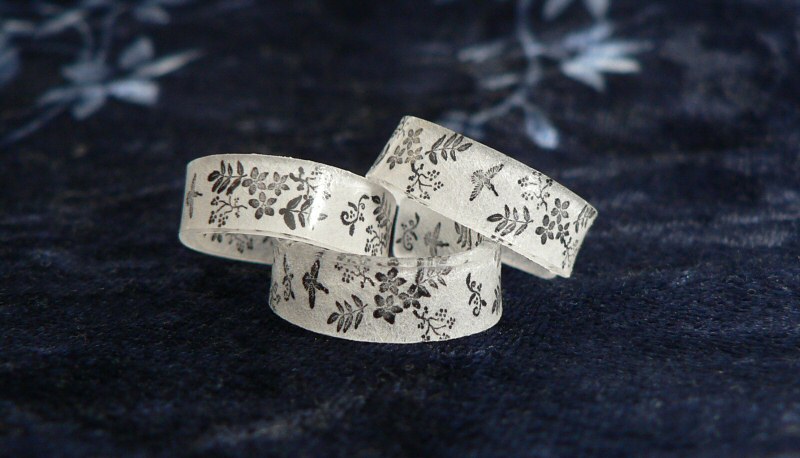
Never lose your lip balm again (or have it melt in your pocket) with this stylish holder! Clip it to your keyring, to your bag, or even to your belt loop and you’ll always have lip balm at hand when you need it. Quick and easy to crochet, just pop a lip balm inside and […]





















